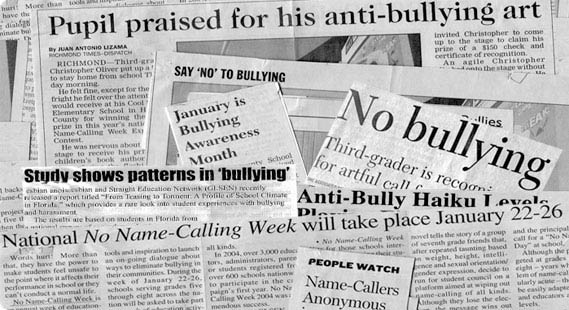It’s that time of year again when West Nile Virus starts to
rear its ugly head. A person can become infected if they are bitten by a
mosquito that is carrying the virus. Symptoms can
range from mild to severe and can cause death in some cases. It’s important to recognize
West Nile Virus is a preventable disease, how? By preventing mosquito bites
with these tips:
- There
is no way for you to know which mosquitoes are carrying the disease, so
it’s important to prevent all
mosquito bites, especially now that summer is here and most people spend more time enjoying the beautiful outdoors (like the great picture above) with activities such as barbecuing and hiking.
- Find
out if West Nile Virus is in your area (if you live in the United States) by visiting the CDC website and
viewing their interactive map showing
activity by state.
- Stay
indoors when mosquitoes are most active, which generally begins at
dusk (in the early evening), through the night and continues through the
early morning (and sometimes during the day).
- Wear
long sleeve shirts and long pants if you’re going to be outside when
mosquitoes are active.
- Ensure
that your window screens are intact, if not, have your screens
replaced or repaired.
- Avoid
having any collections of standing water near your home and in your
yard. Change the water daily in items that need water such as bird baths
and children’s pools.
- If
you’re spending time outdoors, protect yourself with an EPA (Environmental
Protection Agency) approved insect repellent that contains either,
DEET, Picaridin, Oil of Lemon Eucalyptus or IR3535.
- Apply Insect repellents correctly and safely. They should be applied to skin and sprayed on your clothes as per the package and manufacturer’s instructions. Follow the package directions to the letter, as insecticides are a poison and can be dangerous if used inappropriately.
.jpg)



